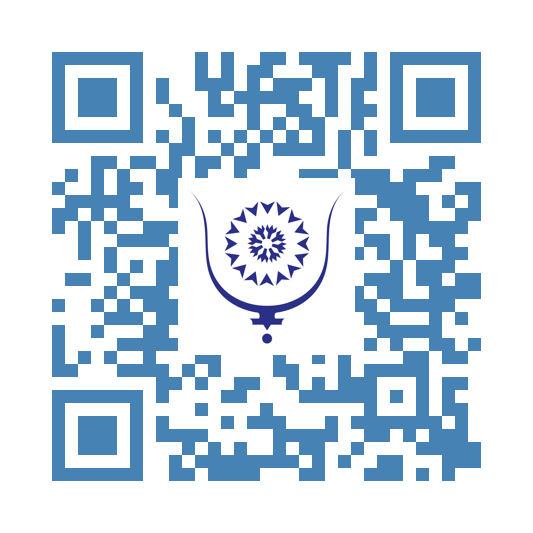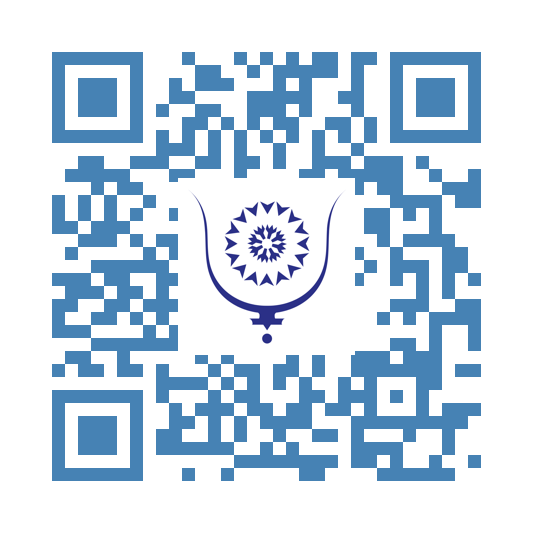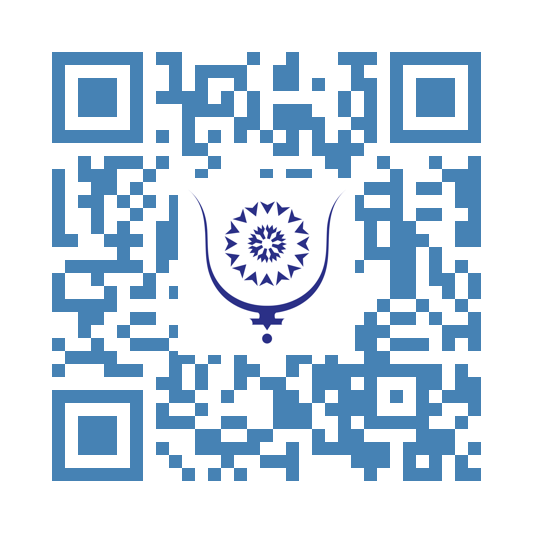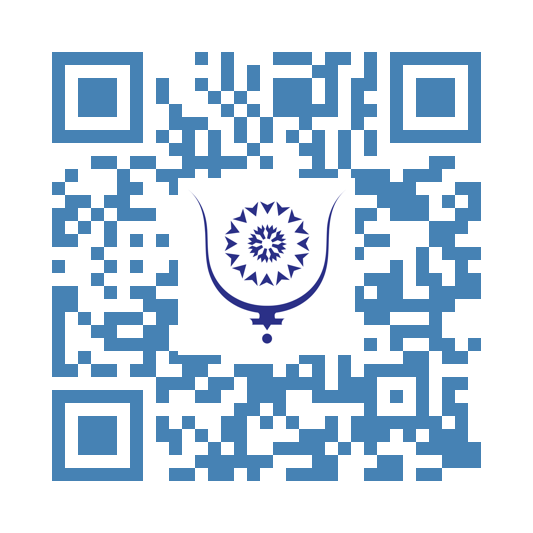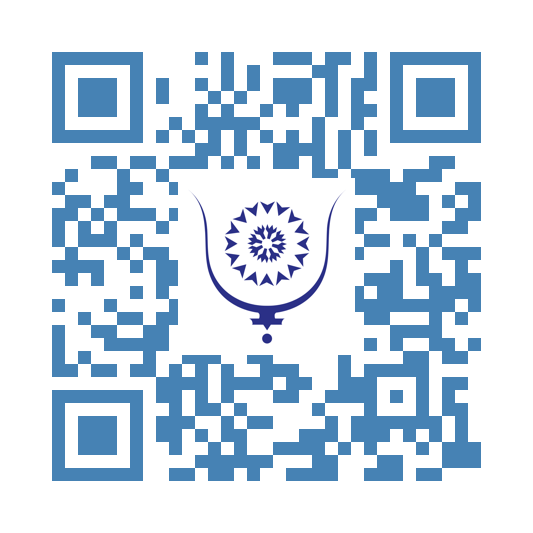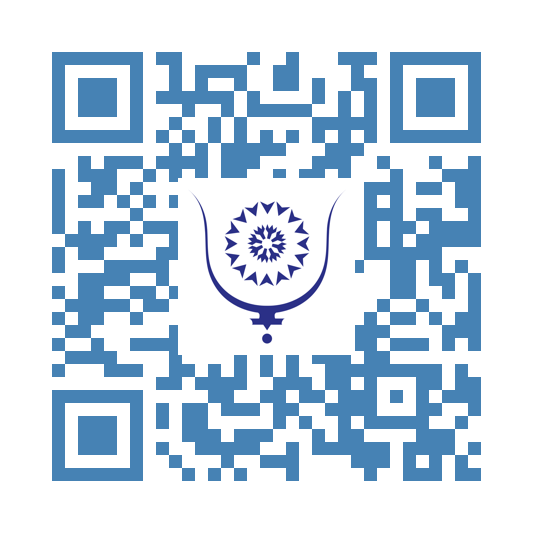The Electron Rebellion of Jan Val Ellam
201
Jan Val Ellam, a Brazilian author and spiritual thinker, proposes a unique cosmological vision that integrates scientific imagery with metaphysical philosophy. Central to his view is the notion of "A Rebelião dos Elétrons" (The Rebellion of the Electrons), in which electrons symbolize the primordial agents of a cosmic rupture. Far from being inert subatomic particles, these electrons are imbued with a form of micro-consciousness, representing fragments of the spirit that once participated in the original harmony of the universe.
According to Ellam, this rebellion of the electrons mirrors the ancient Gnostic narrative of the fall—a departure from divine unity that resulted in the creation of the material world. Much like the Gnostic myth of Sophia’s descent or the formation of the Demiurge, Ellam’s metaphor describes a universe where the material plane emerges as the consequence of this separation. The electrons, in this framework, are similar to spiritual exiles, each carrying within itself the memory of the lost unity and the desire for reintegration with the Source.
Ellam’s cosmology also connects with Kabbalistic principles, particularly the concept of Tzimtzum, or the self-contraction of the divine, which allows for the existence of the cosmos and the experience of exile. In this context, the rebellion of the electrons reflects not only the dispersion of divine light (or spiritual energy) but also the ongoing drama of creation, fragmentation, and the potential for spiritual return.
Futhermore, Ellam introduces the idea that these electrons serve as the custodians of universal memory. In his works, including the "Mentalma", he suggests that matter itself—down to its most fundamental components—functions as a repository for the memories of cosmic history. The electrons, as bearers of this memory, encapsulate the entire evolutionary journey from the fall to the present moment. Thus, the very fabric of the material world becomes a kind of living archive, retaining the psychic imprints of the universe’s spiritual trajectory. This strongly resonates with the concept of the Akashic Records found in Hindu, Theosophical, and esoteric traditions.
Through this synthesis of science and mysticism, Ellam presents a vision in which spiritual awakening involves not only a metaphysical ascent but also a reconciliation with the memory embedded in matter. By understanding and harmonizing with these “rebellious” electrons, human beings participate in the restoration of cosmic order, recovering the lost unity that lies at the heart of existence.
Share:
The Electron Rebellion of Jan Val Ellam
copy:
https://bluwr.com/p/250279385
Morocco’s Heatwave Exposes Critical Failures in Train Air Conditioning Systems
424
Morocco has just experienced an exceptional heatwave, like many other countries in the region, including those further north. While temperatures exceeded 45°C in several areas, train passengers expressed strong anger over the air conditioning failures on many trains operated by the National Office of Railways (ONCF), especially on conventional lines connecting the main cities of the Kingdom.
On social media, increasing testimonies of frustration described train cars as true “walking ovens.” For many, some journeys, particularly the heavily trafficked line between Casablanca and Rabat, have become nearly unbearable. Numerous travelers are outraged, going as far as to call this situation a clear sign of disrespect toward passengers.
This failure mainly affects classic trains, often over twenty years old, whose air conditioning systems are outdated and frequently out of order. In contrast, the high-speed Al Boraq line, which connects Casablanca to Tangier, is better equipped to handle these extreme conditions, offering a striking contrast between modernity and obsolescence.
The National Meteorological Directorate recorded historic peaks: 47.3°C in Marrakech, 46°C in Fès, and 45.5°C in Kénitra. Under these conditions, inside a non-air-conditioned carriage, temperatures far exceed the tolerable threshold, endangering not only passengers’ comfort but also their health, especially the most vulnerable such as the elderly and children.
In this context, it is often the controllers, powerless, who bear the brunt of passengers’ anger and verbal outbursts.
It is important to recall that international railway transport standards require functional air conditioning systems, especially during heatwaves. In several countries, prolonged absence of air conditioning can even lead to financial compensation for travelers. Unfortunately, this is not yet the case in Morocco, where no regulations provide for compensation, which is absurd: citizens do not receive a service commensurate with their expense, while the law should protect them, especially in a monopoly situation. And this is indeed the case.
Facing a flood of criticism, the ONCF acknowledges the technical difficulties related to old train sets and announces maintenance operations. However, these explanations fail to convince users, who denounce a lack of structural investment in renewing the railway fleet, despite regular fare increases.
The question also arises whether the problem lies solely in the obsolescence of equipment, or if it also stems from a lack of maintenance team skills, or even negligence. Elsewhere, sometimes older trains still provide good ventilation and air conditioning service.
In 2025, traveling without air conditioning in a country where heatwaves have become the norm is no longer acceptable. An emergency plan must be implemented, especially as summer has just begun, with holidays and major travel ahead.
The ONCF regularly communicates about its future acquisitions of modern trains, but will any be in service this summer? In any case, the current rolling stock must be better maintained to improve passenger comfort. It is a basic right.
Beyond the obvious discomfort, this situation raises a deeper issue related to respect for passengers and the quality of public service. In a context where the government encourages the use of public transport to reduce the carbon footprint, trains should be a reliable and attractive alternative.
However, recurring failures tarnish the ONCF’s credibility, widening the gap between the Al Boraq line, Morocco’s technological showcase, and the conventional lines, perceived as outdated and uncomfortable despite visible efforts in seat comfort and station organization, especially at newer stations.
Faced with this crisis, it is imperative that the ONCF revise its strategy. While significant investments have been made in high-speed rail, it is urgent to give equal attention to conventional lines that serve thousands of Moroccans daily.
During heatwaves, the absence of air conditioning on trains is not a mere oversight but a crucial public health and dignity issue for travelers. A clear action plan, including a precise schedule for renovating train sets, better maintenance of existing systems, and a revision of passenger rights in case of failure, must be adopted without delay and made public.
Everyone knows that the ONCF aims to transform its services by 2030, but until then, millions of Moroccans will take the train and deserve dignity and respect.
Share:
Morocco’s Heatwave Exposes Critical Failures in Train Air Conditioning Systems
copy:
https://bluwr.com/p/248380691
Moving away from me
576
By leaving me you exhausted me, and it's cruel
Have mercy on me my beautiful
You fucked up my passion
But one day you'll find your sanity
You cross me carelessly
Me who loves you and that's all the difference
They were beautiful our lovers' kisses
If you don't remember them
Ask your lips
They are still in fever
Our bonds were so strong
So much so that when our blood squirts
We don't know if it's yours or mine
Ask the night why these stars despite their splendor
And their glow
Are not worth that of your smile
O moon, if you accompany me in my loneliness ………and if one day I agonize in the meanders of space
Tell the darkness that the martyr of love is dead........
and sprinkle stardust on my shroud
Dr Fouad Bouchareb
Inspired by Farid Al Atrache's song >
https://youtu.be/57Xezl_YR6c?si=JVP_kEQZCY8rZbNF
All rights reserved
Share:
Moving away from me
copy:
https://bluwr.com/p/246547503
No Religion in Science But Ethics in Citizenship
586
I write these words with deep respect and a sense of emotion. Professor Jamal Fezza my former high school philosophy teacher and later my thesis co-supervisor is currently facing an unfair wave of criticism. And I feel the need to publicly express my support.
Those who know him understand how deeply he embodies intellectual rigor, ethical integrity, and an unwavering commitment to what science is meant to be: a space for free thought, beyond identity-based boundaries.
In emotionally charged moments, it’s easy to withdraw into national or personal reactions. I know this I’ve experienced it myself. Once, I was faced with a difficult decision, and I chose not to attend a scientific event, out of loyalty to my country. But that decision was mine alone. I never asked anyone else to follow suit, nor did I demand that scientific spaces be shaped to reflect my personal stance.
That’s what Jamal Fezza is reminding us of today and that’s what I stand by: science should never be confused with foreign policy. Refusing to engage with researchers based on nationality is not an act of resistance it’s a step away from dialogue and intellectual integrity.
This doesn’t mean turning a blind eye to injustice. It means preserving the university as a place where ideas, not identities, are confronted.
I am proud to have had Professor Fezza as a teacher, and later as a mentor. But beyond the personal bond, I am above all grateful for the example he continues to set with clarity, honesty, and courage.
We need voices like his, especially when they are inconvenient.
Share:
No Religion in Science But Ethics in Citizenship
copy:
https://bluwr.com/p/246521392
Morocco: Voices of Rebellion, From Najat Aatabou to El Grande Toto...
587
The recent edition of Mawazine Music Festival did not go unnoticed and will be remembered. There were, of course, tens of thousands of citizens from all over Morocco and beyond enjoying the various stages, with Boutchart’s record simply making them sing along, as well as that great diva singing in playback, provoking the anger of those who cried scam. But above all, there was El Grande Toto. This great star of Moroccan and global urban music, whom many dislike, or dislike intensely.
El Grande Toto packed the audience, but also sparked a large number of articles and reactions, mostly unfavorable, with only a few exceptions. The majority of these reactions were rather critical, some almost scathing.
*Let me say it straight away: I am not a fan of El Grande Toto nor of his type of music. At my age, it would be an insult to my musical tastes, as I can only be soothed in my Arabic version by Doukkali, Abdelhalim, Belkhayat, Samih, Farid, Oum Kaltoum, and Abdelwahab; in my French version by Brel, Reggiani, Piaf, Barbara; and in my English version by Dylan, Clapton, BB King, James Brown, and many others.*
That said, I cannot judge those who dislike him, nor those who love El Grande Toto’s musical genre—that is, all the youth who identify with this style, who resonate with his intonations and rejoice in absorbing his lyrics. It is their time and their music.
This reminds me that about thirty years ago, Najat Aatabou could only be heard by accident, passing by a cassette seller’s stall in a souk or secretly in one’s car. Her music seemed annoying and her lyrics vulgar. It took a long time before she was finally accepted, and later adored.
What brings me to this topic is that there is something in the artistic trajectories of Najat Aatabou and El Grande Toto that resembles a broken mirror: the shards oppose and scatter, yet, upon closer look, they reflect the same reality. That of a multiple, rebellious Morocco, torn between its traditions and its desires for modernity. A Morocco that thinks it is what it is only little or not really. What it has never truly been except in a falsely constructed imagination.
Najat Aatabou is the hoarse voice of the Zemours, the one who emerged in Khémisset, carried by the winds of the Middle Atlas and the whispers of a society still constrained by honor, the gaze of others, and the strictness of conventions. In the 1980s, while the Kingdom was taking its first steps toward social openness, Najat dared to sing what so many women whispered in silence: thwarted loves, betrayal, emancipation, wounded pride, desire—all in rather raw language.
Her “Hadi Kedba Bayna” (“It’s an obvious lie”) resonates like a cry, soft but firm, in popular weddings, shared taxis, and the cozy living rooms of the Moroccan diaspora in Europe. With her, chaâbi, the music of the people par excellence, becomes a vector of affirmation. Najat does not apologize for being a woman, an artist, Amazigh, a rebel. She disturbs, sometimes shocks, but she imposes herself. Her music was even used in a global advertisement.
Forty years later, it is another Moroccan who shakes the walls of certainties: El Grande Toto, child of Casablanca’s suburbs, dyed hair, tattooed face and arms, and sharp tongue, imposes himself as the bard of an uninhibited Moroccan youth. With him, words snap in darija, intertwine with French and English, flirt unabashedly with taboos: drugs, money, sex, and challenge social hypocrisies. Where Najat Aatabou denounced half-words, Toto displays, claims, provokes.
Certainly, the forms differ: Najat draws from the ancestral repertoire, her melodies reminiscent of village weddings and the ululations of yesteryear. Toto, on the other hand, drinks from the sources of global rap, trap, and social networks, where punchlines matter more than silences. But behind these differences, the same sap nourishes their works: the thirst to speak, whatever the cost, without feeling guilty about anything.
Najat Aatabou paid a high price for breaking taboos. We still remember the harsh criticisms, the heavy judging looks, the outraged fathers. But time proved her right: she is now respected, even adored, seen as one of the great voices of popular Morocco.
El Grande Toto, meanwhile, is still in the midst of the storm. It will take him a long time before he is finally tolerated and accepted. Repeated controversies, court summons, accusations of indecency… Yet, his success does not wane. The numbers speak: millions of streams on platforms, growing international influence, a Moroccan youth that recognizes itself in his anger and dreams. They sing their reality and find themselves in him, whether we like it or not.
Ultimately, from the 1980s to today, across centuries, Morocco has never stopped telling its story through its most unsettling artists. There were others before: Zahra Elfassia, Fatna Bent El Houcine, and many known or unknown Chikhates, female voices of the frustrations and hopes of a silenced generation.
El Grande Toto, the insolent spokesperson of an urban youth in search of recognition, space, freedom, embodies this spirit today. We must not forget there were others before him: Faddoul, Nass El Ghiwane, Ach Kayne, Rebel Moon, and Lbig, among others. There was also a tradition of rebellion and bold language in malhoun with qassidas that one would no longer dare to sing nowadays, even in the most intimate circles.
Between them all, decades and universes, but also this invisible thread that connects those who dare to say out loud what others still keep silent. Perhaps that is what it means to be an artist in Morocco: to shake the established order, to hold a mirror to society, and to accept to pay the price, even if it is too high...
Share:
Morocco: Voices of Rebellion, From Najat Aatabou to El Grande Toto...
copy:
https://bluwr.com/p/246517998

